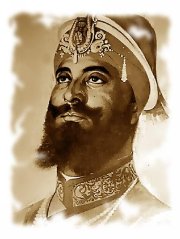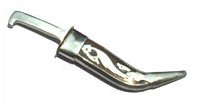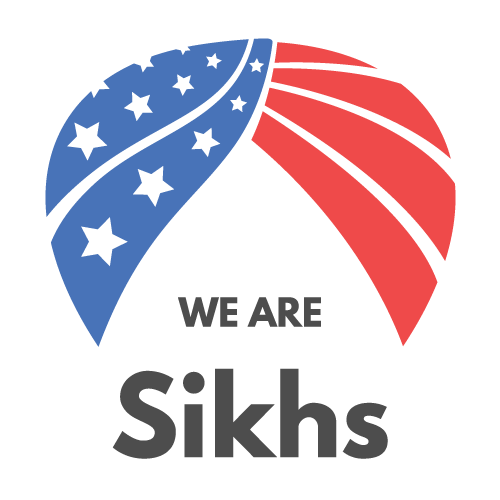Five Sikh Symbols

The Five Ks are the five items of dress and physical appearance given to Sikhs by Guru Gobind Singh when he gathered together the first members of the Khalsa on Vaisakhi day in 1699. These symbols give Sikhs a unique identity signifying discipline and spirituality. However, these items cannot be reduced to just symbols and must be worn in their full form.
Kesh
- Uncut hair, which is kept covered by a turban, or dastaar.
- Kesh are a traditional symbol of holiness in India, and the turban is a symbol of leadership.
- The dastaar is worn by men and some women to cover their long hair.
Kirpan

- A ceremonial sword, symbolizing readiness to protect the weak, and defend against injustice and persecution.
- The kirpan is normally worn with a cloth shoulder strap called a gatra.
- The kirpan exemplifies the warrior character of a Sikh.
Kara

- A steel bracelet, symbolizing strength and integrity.
- Steel is symbolic of strength yet resilient under stress. In the same way, the human soul must become as strong and unbreakable as steel which has been tempered in the furnace.
Kangha

- A small wooden comb, symbolizing cleanliness and order.
- The kangha is used to keep the hair clean and is normally tucked neatly in one's uncut hair.
- As a Sikh combs their hair daily, he or she should also comb their mind with the Guru's wisdom.
Kachhera
- Cotton boxer shorts, symbolizing self-control and chastity; prohibition of adultery.



